I live to travel. For me, the greatest feeling is seeing a place for the first time and capturing with my camera the amazement and whimsy I feel. Well executed travel can make you feel at one with the world and help you discover new parts of yourself. Well executed travel can teach you to be a better photographer.
At first, a bucket-list trip or an international journey can seem daunting. There is plenty that could go wrong — missing luggage, bad weather, scams, food poisoning, language barriers, expensive gear mishaps — it’s easy to feel overwhelmed and decide to plan a less adventurous trip, but as the old adage says, “A ship in harbor is safe, but that is not what ships are built for.” To create the greatest images and to enjoy the most incredible experiences, we have to do what makes us at least a little uncomfortable. Over the past few years, and many thousands of miles of journeys, I have honed my travel method down to a science. Whether traveling solo or in a group, I employ certain methods to reduce headaches and friction points, allowing me to relax, enjoy, and feel free to explore…
Do your research at home
We are blessed to live in the age of the internet, so recruit the hivemind! When planning a trip I utilize Facebook, Google Image Search, Google Maps, Instagram and official tourism websites to determine points of interest, best times of day to photograph each location, and seamless ways to transfer from point to point. I create a Google map for my trip, color coding “must see” and “if I have time” locations, then I download those maps to my phone for use offline (very handy if you’re in a remote area or don’t want to use expensive data internationally). Offline maps will even provide turn by turn driving directions within a saved map. Get as much of this planning done ahead of time as possible, but keep your itinerary loose so you can change your plan on a whim or at the suggestion of a local with an off-the-beaten-path tip.
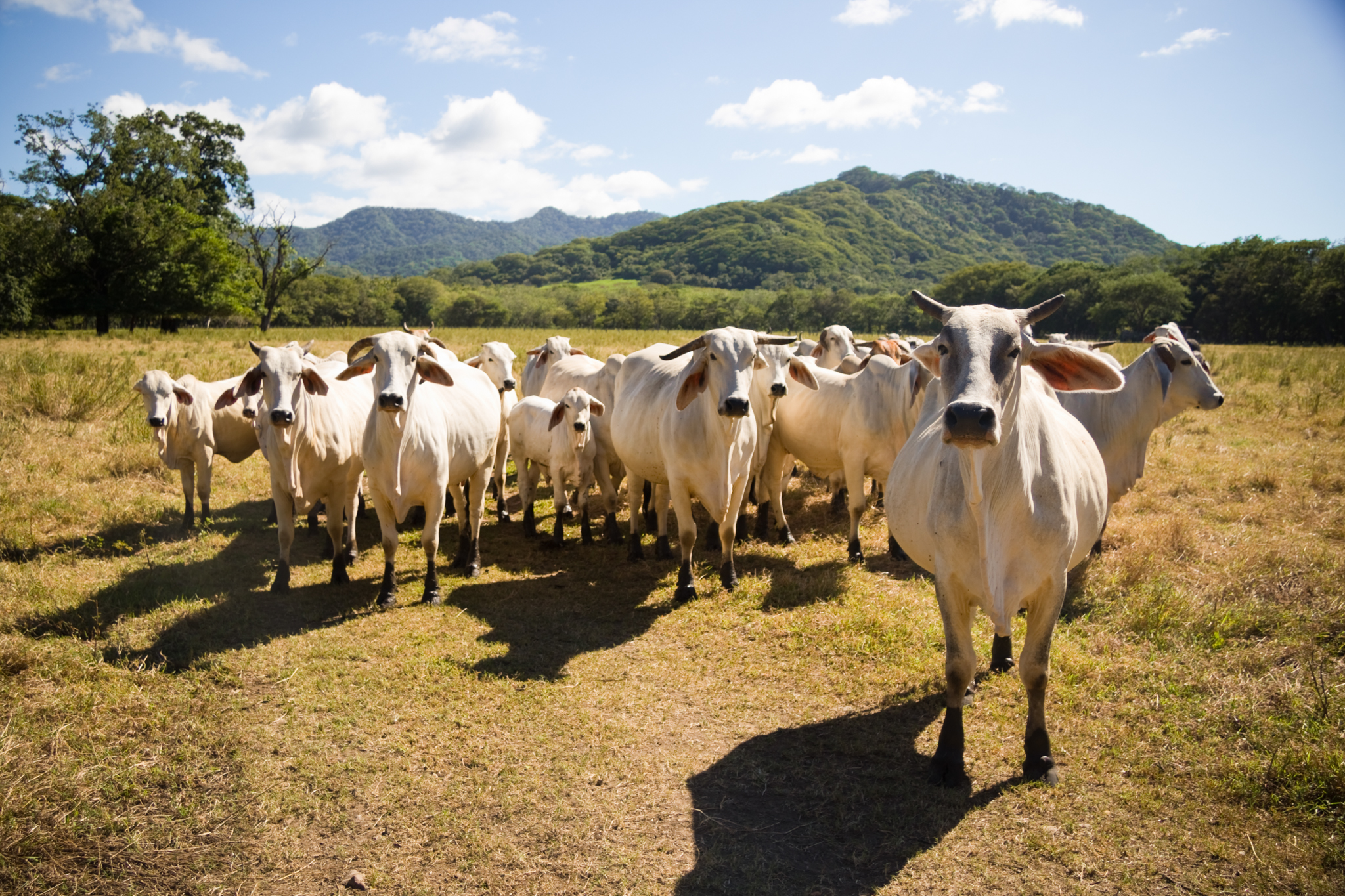
A drive plotted with offline Google Maps took us through beautiful Costa Rican plains. We made a quick stop to greet a herd of Jersey Cows.
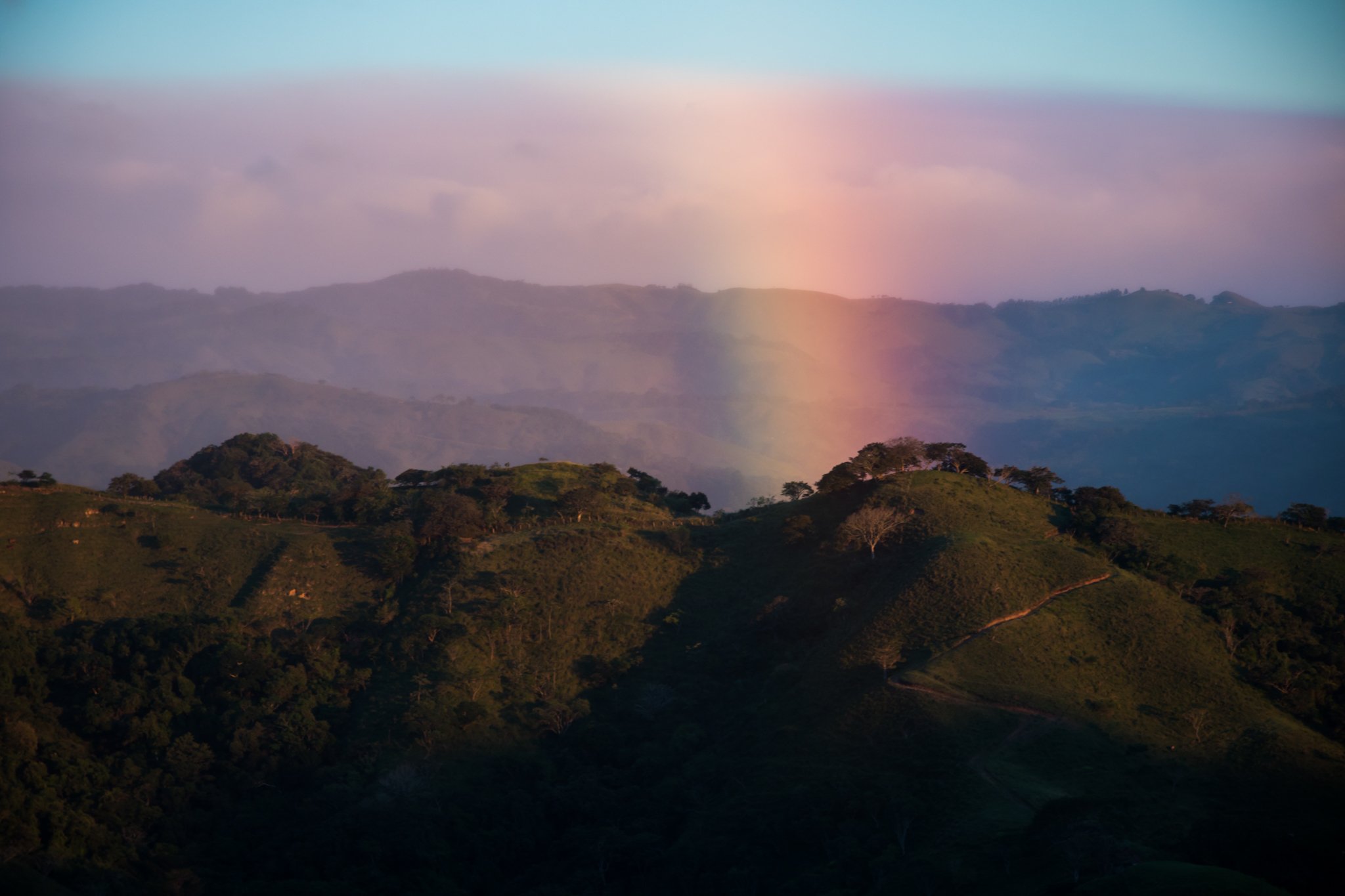
Later on the way to Monteverde, Costa Rica a massive rainbow appeared on the border between two eco-systems. Relying on offline navigation allows you to get your head out of a map and notice the scenery.
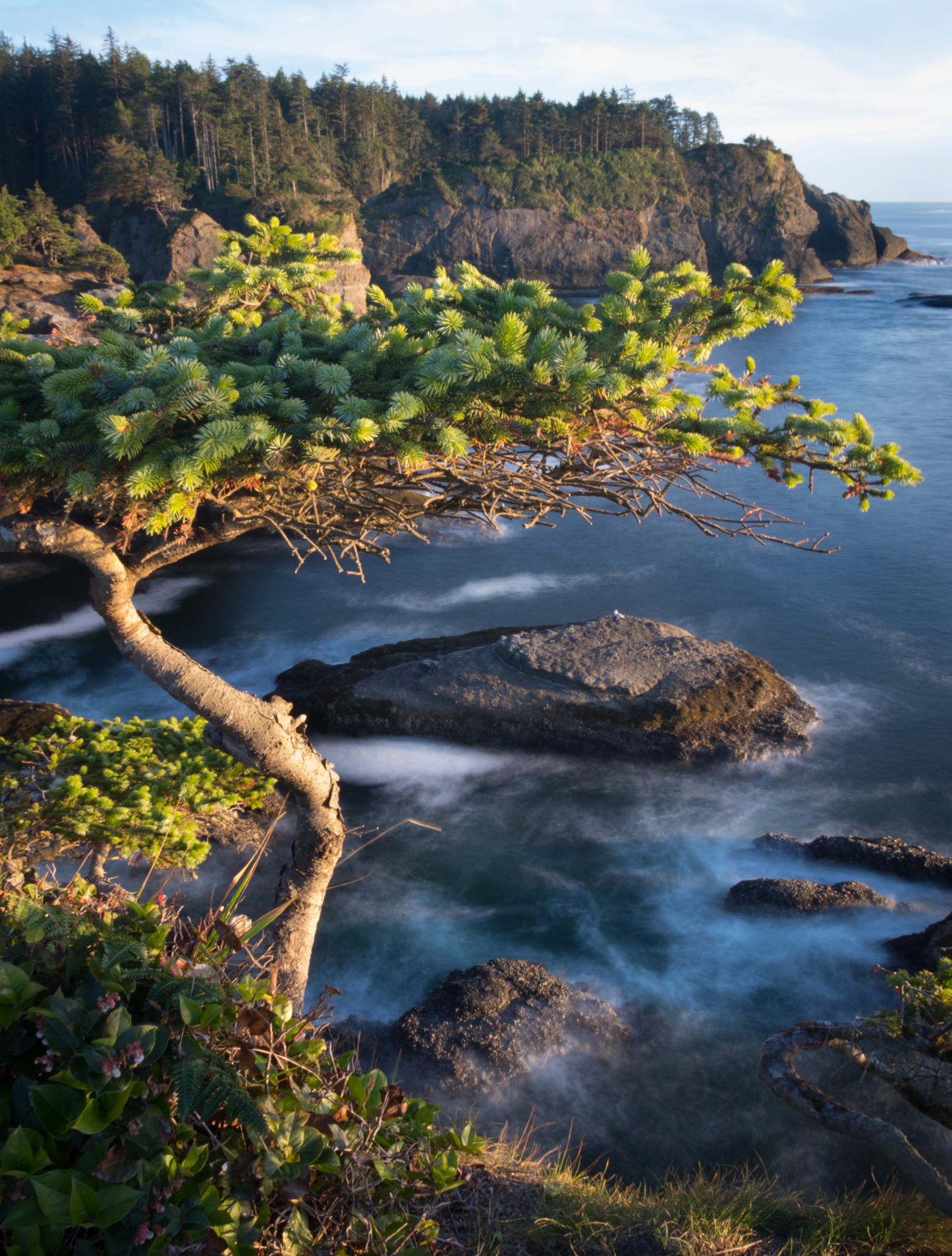
The first day in a new location, I try to explore without a set plan. On a trip to Washington’s Olympic Peninsula, a local man at a small fry joint on the Makah Indian Reservation told me that I couldn’t miss Cape Flattery. It was the perfect spot for sunset.
Pack light and pack smart
I travel carry-on only. Your luggage should be a help, not a hindrance. Packing light will save you from lost luggage. It will save you from dragging a heavy bag along cobblestones, or dirt roads. It will allow you to keep shooting and experiencing throughout your journey. You’ll make choices dictated by whim rather than by level of complication or obligation. I travel with a Pelican 1510 and a backpack. During travel days I keep most of my gear in the Pelican and all of my clothes and other stuff in the backpack. Once I get where I’m going, the Pelican stays locked in my hotel with gear I don’t need that day, and the gear I do need goes into my backpack. The key is utilizing modular storage bags inside both the Pelican and the backpack. For camera gear, I use a discontinued Kata Padded Camera Insert, but there are plenty of similar products available on Amazon like the Cubeze by Ape Case, or the BBP DSLR Insert. For clothes and other essentials, I love Rick Steves’ Packing Cubes. Make sure you can comfortably carry everything with you as long as necessary. When packing my Pelican I make sure it isn’t too heavy for me to load in the overhead bin of a plane by myself. I don’t want to be beholden to anyone along the way, so it’s essential that I can muscle my own gear. If I acquire souvenirs on the road, I do my best to ship them home so I can keep traveling unencumbered, but I have been known to ship dirty laundry home at the end of a trip so I can free up room in my backpack for a memento that I’d rather keep an eye on.
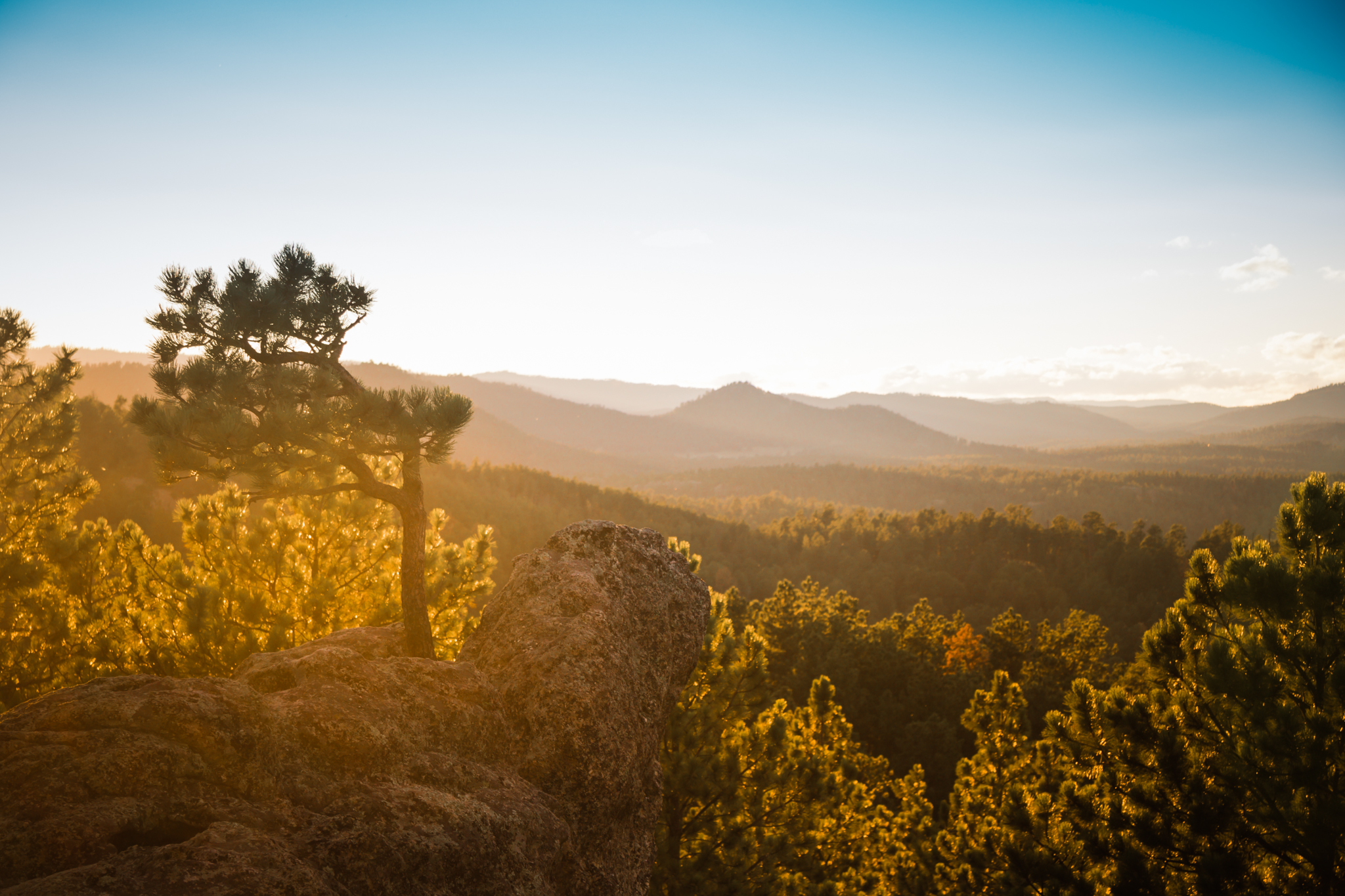
With a narrow window to explore before my next stop, I knew in advance that I wasn’t going to spend much time at Mt. Rushmore. I opted instead for the incredible views from Breezy Point overlooking the Black Hills National Forest nearby.
Be patient and go with the flow
It is easy to get frustrated and tired when you’re far away from home and spending hard-earned money to do it. Busses full of obnoxious tourists crowding your frame, disagreeable travel mates, and ferries running on “island time,” could put you in a terrible mood — and your images will suffer. For me, the key to keeping a level head and zen attitude is to stay hydrated and have a snack handy. On a trip to Spain a couple years ago, I was referred to as a “little Spanish Grandmother” by one of my local friends, because no matter where we were or what we were doing, I had a scone, a small loaf of bread or a pack of crackers squirreled away in my bag. They laughed, but when I got a little too tipsy at a wine tasting or felt low-blood sugar exhaustion and irritability approaching, I was my own savior. For most of us, “hangry” is a very real thing and a little preparation can save both your mood and your experiences. So when it seems like the world is against you that day, just take a deep breath, remember that it’s all part of the story you’re going to tell and focus on your pictures. Many times, the unexpected detours will help you find the greatest images of all.
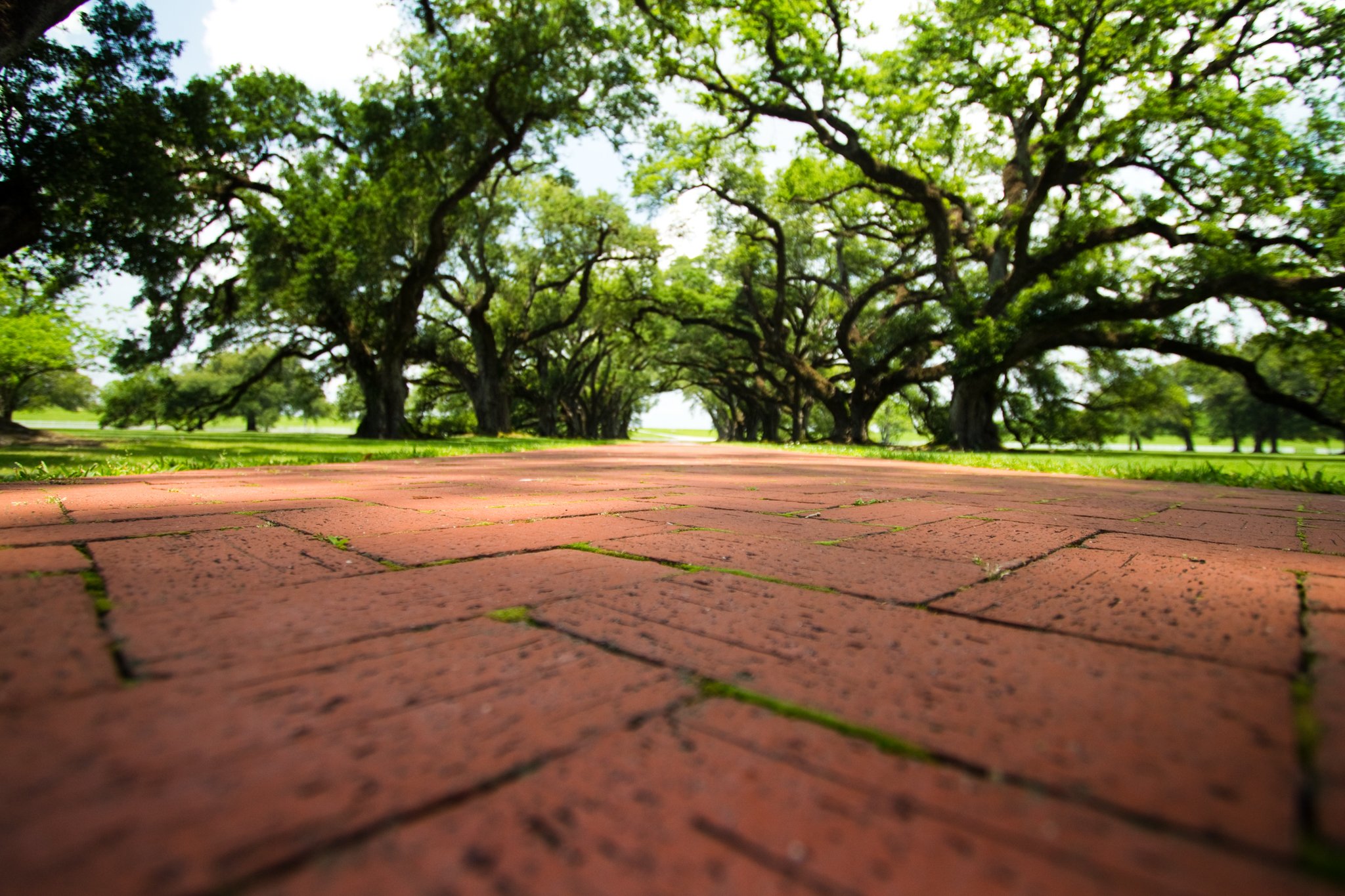
Oak Alley Plantation in St. James Parish, Louisiana often has lots of visitors wandering the grounds. Preferring not to photoshop people from the frame, I waited awhile for a clear view down the path of centuries-old oak trees.
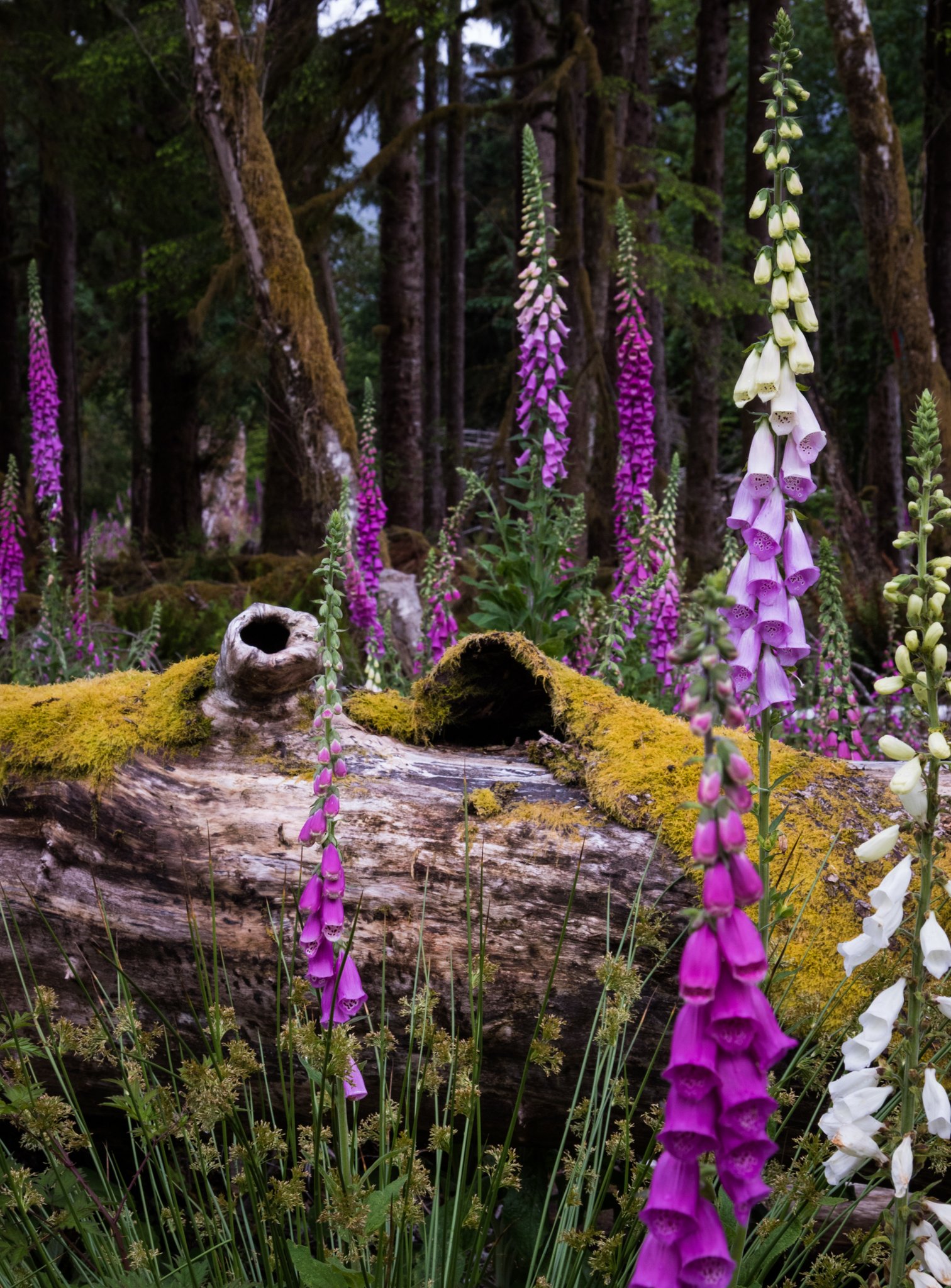
A quick detour off the main roads in Olympic National Park led me to a clearing used for maintenance and composting. Foxgloves blanketed the ground between dead logs and branches covered in moss.
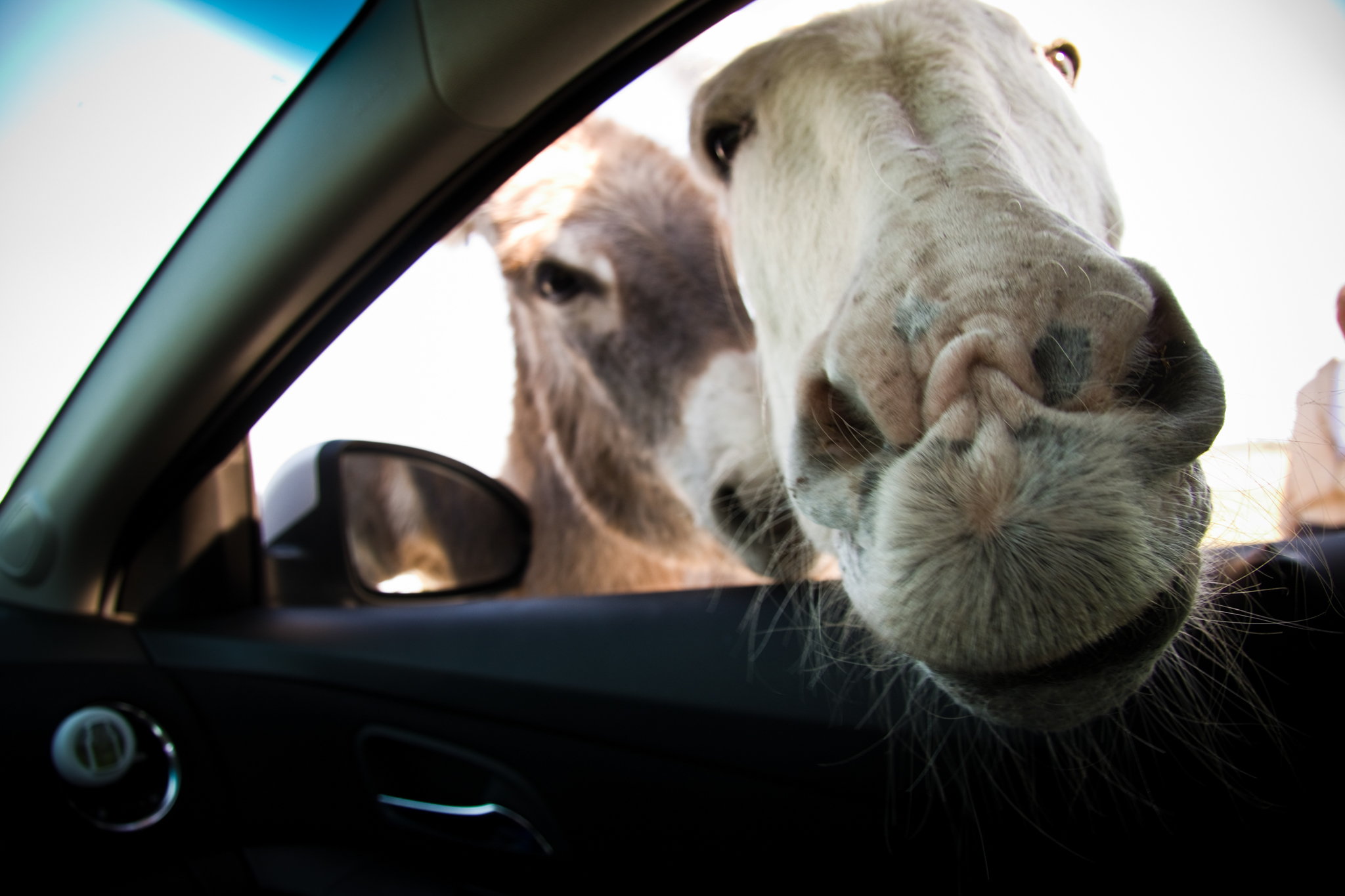
A last minute addition to a road trip introduced me to these intrepid donkeys at Custer State Park in South Dakota.
Some of the best parts of travel happen when you’re sitting still
As photographers, we feel compelled to work ourselves like crazy. We’re up before the sun, hiking miles and miles each day, sweating, fighting and living for our images. There is absolutely a time and place for this. There is also a time and place for sitting on a bustling square at a little cafe for hours sipping coffee or wine and watching the world go by, or laying on a beach listening to the surf roll in. Let yourself off the hook for a few hours each day to recenter and recharge. The best way to get into the headset of a new place is to relax like the locals. Eat what they eat, drink what they drink, shop where they shop, and you’ll find the essence of wherever you’re visiting. You’ll make new friends and have terrific stories to tell. You’ll gain the authentic experiences that we’re all seeking.
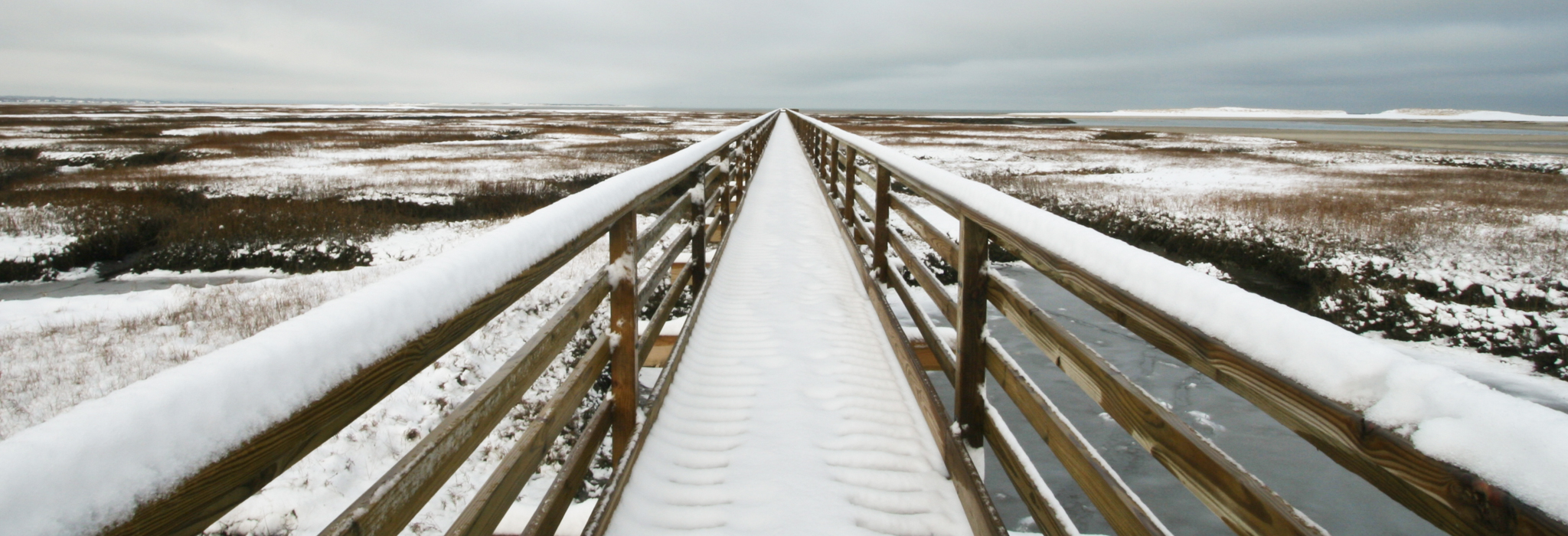
After a sudden overnight snowfall in Cape Cod, MA, I got up before the sun to capture fresh snow on a marsh boardwalk in Yarmouth Port.
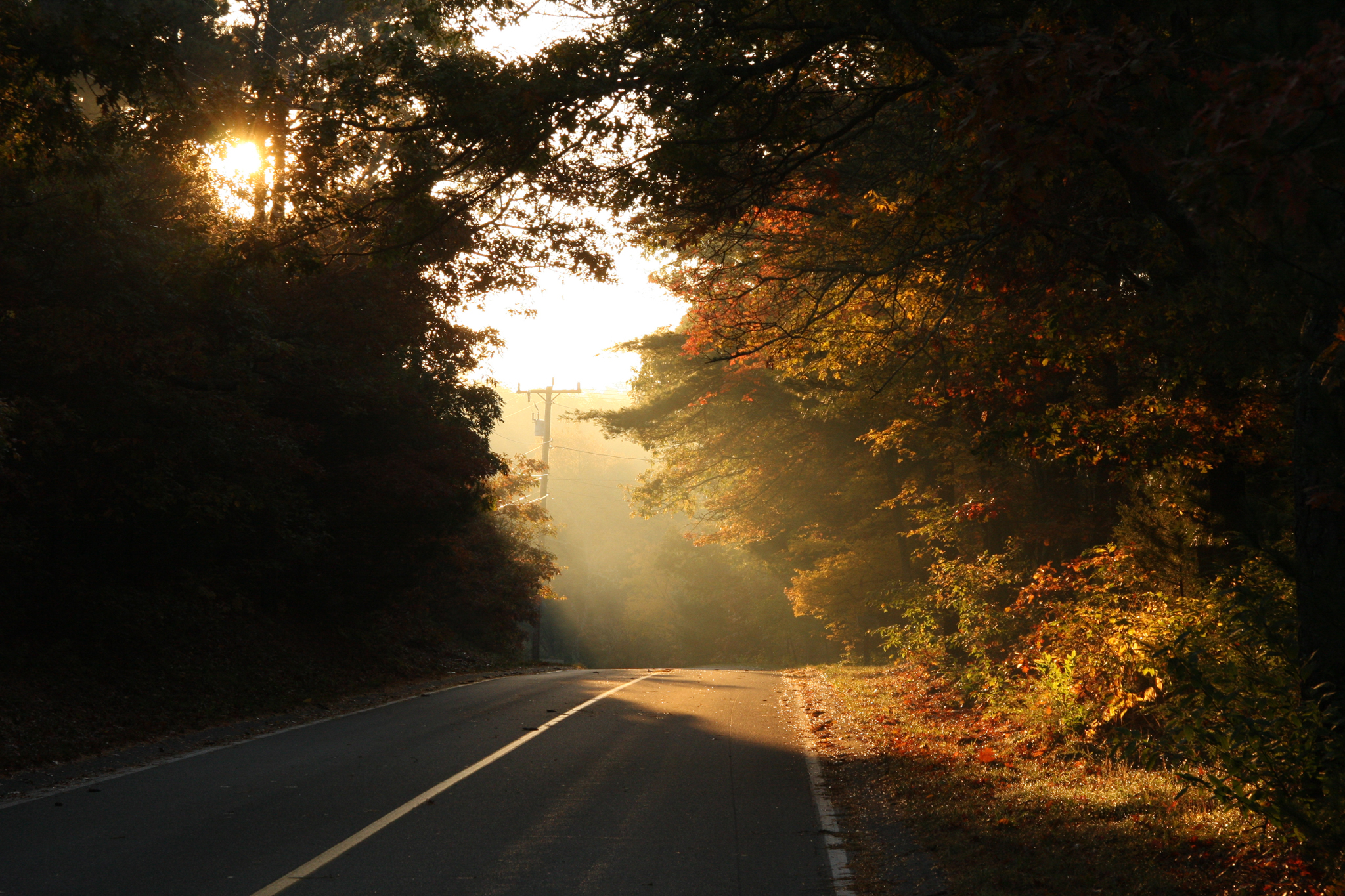
Early morning is a reliably peaceful time to find good light in Cape Cod in any season.
Don’t travel for your camera. Travel for yourself and let your camera tag along.
You’re on a journey to experience it, not to check photo opportunities and locations off on a list. Don’t let the photography be your driving force, allow the experience to drive you. Live the adventure and the resulting photos will mean so much more.
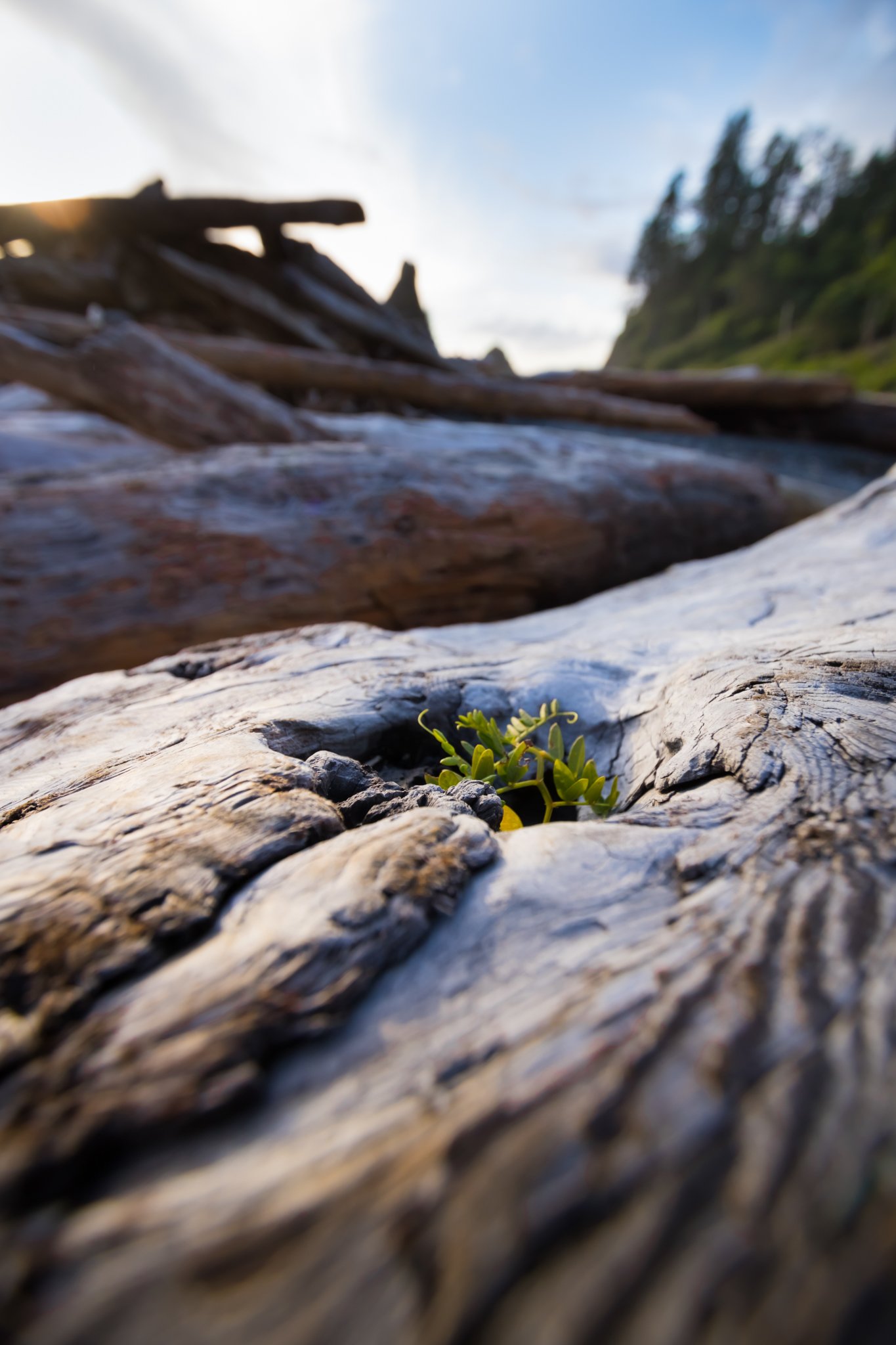
At Ruby beach, it’s easy to get busy photographing an incredible landscape. I let myself relax for awhile on one of the massive logs and discovered a wealth of details that I might not have otherwise noticed.
